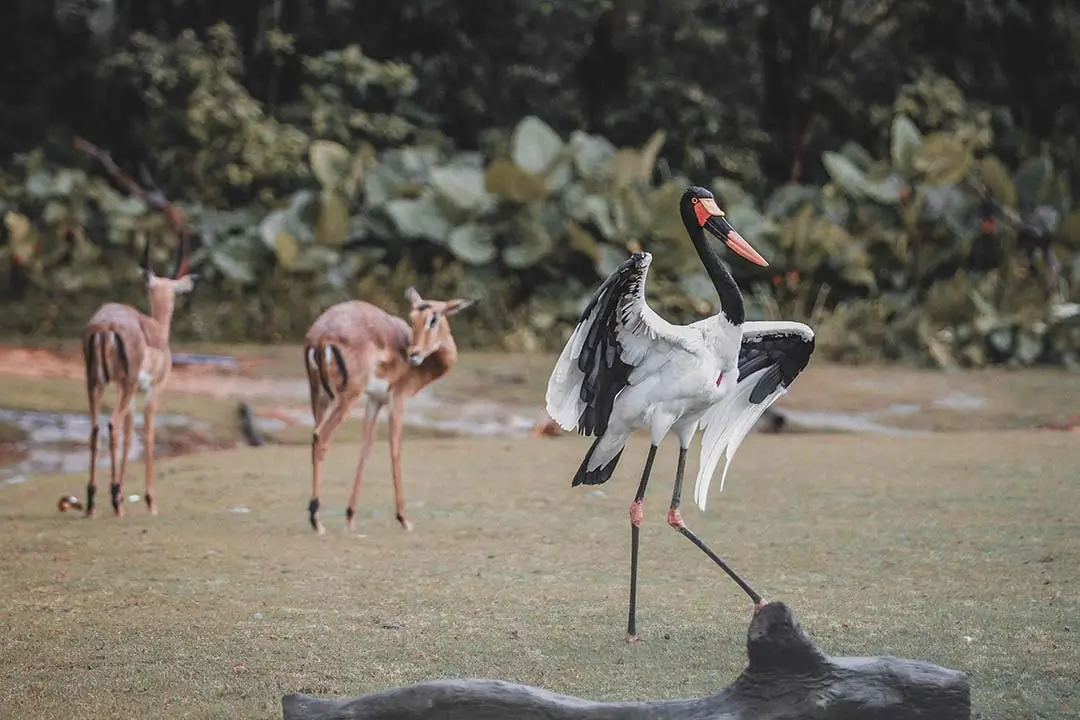
BIRDING IN
Hwange National Park

BIRDING IN
Hwange National Park

BIRDING IN
Hwange National Park

BIRDING IN
Hwange National Park
Hwange National Park covers 14,600 km² and is one of the largest protected areas in Africa. It lies in the west of Zimbabwe, bordering Botswana. Hwange is bounded by the Matetsi and Deka Safari Areas in the north, by Forestry Areas and private farms in the east, and by Tsholotsho Communal Land in the south. The park falls within Hwange District of Matabeleland North Province. It is the oldest national park in Zimbabwe, having been proclaimed in 1928.
The park is readily accessed off the main Bulawayo Victoria Falls road. There is an extensive network of tourist roads in the north and eastern parts, while the flatter, less appealing centre and west are a wilderness area with few roads. Over much of the west and centre of the park, the topography is flat with gentle undulations. There are no surface perennial rivers, but there are numerous shallow calcrete pans. After heavy rains, some of these pans hold water naturally throughout the dry season, whileothers are augmented by water supplied from deep underground boreholes.
To the north and east, the topography is more broken with ridges and hills, rising to 1,000 m and more. The Deka, Sinamatella and Lukosi rivers drain north-east towards the Gwayi River; they shrink to a series of pools during the dry season. There are several man-made dams in the area, Mandavu Dam being the largest. The increase in artificially supplied water in the dry season has been one of the causes for the increase in herbivore populations, particularly elephant Loxodontaafricana. The trees surrounding the pans are often damaged by elephants as the herds congregate during the late dry season.
The west and centre of the park are covered by a mosaic of dry deciduous Baikiaea woodland (the best-developed such woodland in Zimbabwe) with scrub of Terminalia and Burkea, and there is some Brachystegia woodland in the east, and perennial grassland along the fossil drainage lines (with Acacia woodland on the edges). In the northeast there is deciduous mopane woodland and mixed Combretum/ Terminaliashrubland. There are several large vleis or marshes that are dominated by grassland and drain into the rivers. The climate is hot 33°C in October and dry, with an average of 620 mm of rain annually. There is a decrease in rainfall from east to west. Frosts of -5°C and lower are frequent during June and July. 'Black' frosts below -7°C occur every few years and can have a devastating effect on the vegetation.
Hwange National Park is one of Africa's finest havens for wildlife and is home to vast herds of elephant, buffalo, zebra and has a very hefty concentration of giraffe. It is also home to many predators and endangered species plus very large and varied birdlife of 410 recorded species, of which 41 are vagrants. The dams and the pans form a vital network of aquatic ecosystems for migrant and resident birds. Generally, Hwange is considered to be of conservation importance for 24 species, including Ciconiaepiscopus, Oxyuramaccoa, Gallinula angulata and Chlidonias hybridus. Hwange contains possibly the largest protected populations of Tockusbradfieldi and Buphagus africanus in the southern African subregion.
Other nationally uncommon or threatened species that breed in the park are Ephippiorhynchussenegalensis, Ardeotiskori and Bucorvuscafer. Gyps coprotheres, Gallinago media, Circus macrourus and Glareolanordmanni are occasional visitors. The park is also an important refuge for seven raptor species: Trigonocepsoccipitalis, Necrosyrtesmonachus, Torgostracheliotus, Terathopiusecaudatus, Aquila rapax, Polemaetusbellicosus and Hieraaetusspilogaster. Gruscarunculatus is a very rare vagrant; a number live fairly close to, but outside, the park.
Our Experts are ready to provide answers
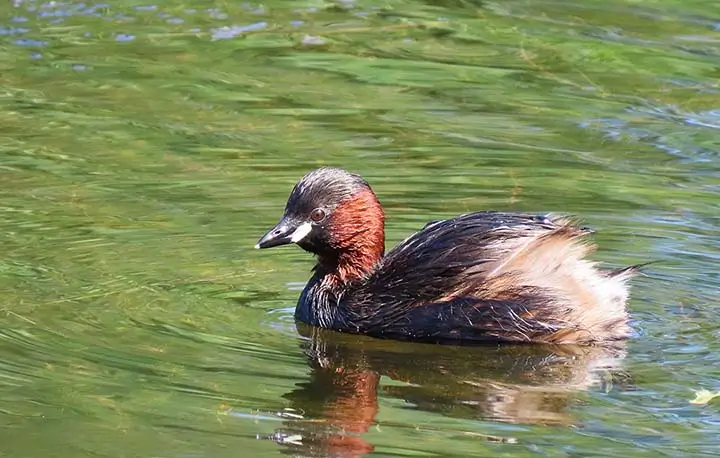
Common birds to look out for while catching your breath are several miombo specials, namely the Miombo Rock Thrush, Miombo Grey and Rufousbellied tits, Miombo Double-collared Sunbird, and MashonaHyliota.
Read More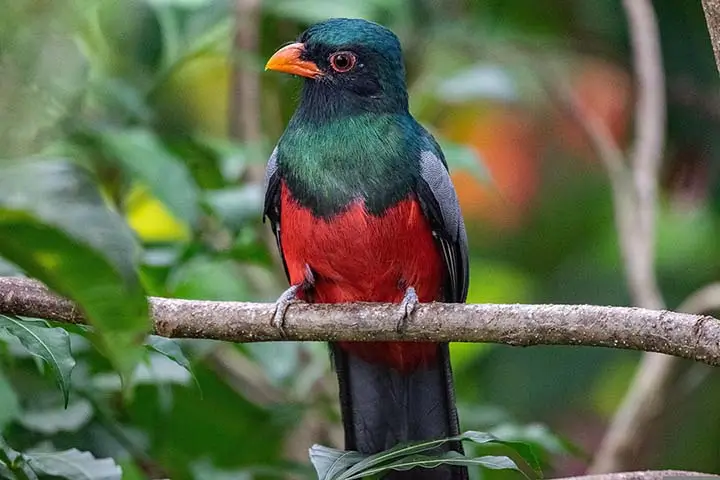
Chizarira provides a wide variety of habitats for birds, with nearly 400 species having been recorded.
Read More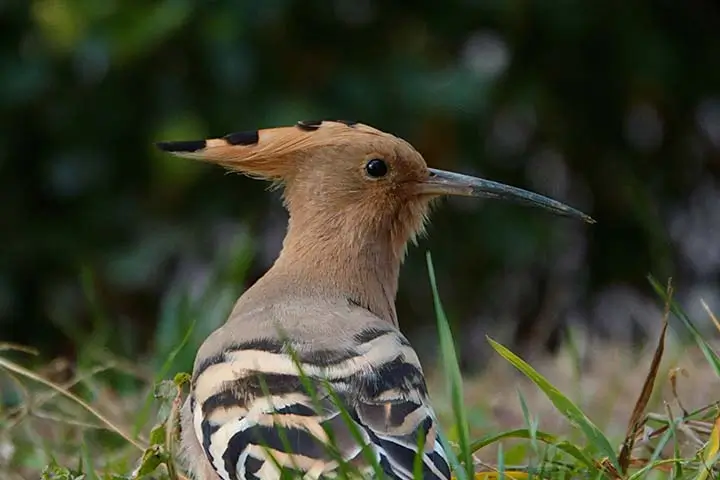
owering red cliffs and massive baobab trees create a dramatic backdrop to Big 5 game viewing as well as bird watching that ranks among the best in the region.
Read More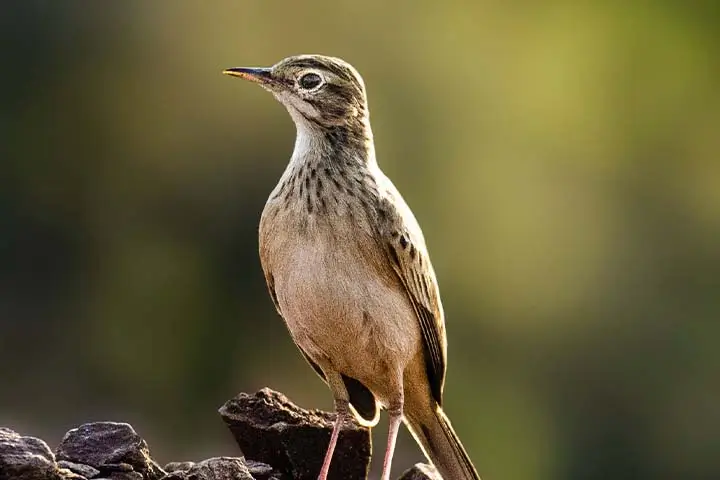
he pan systems are also ideal habitat to a large variety of water birds, with a number of species including storks, crowned cranes, stilts, cormorants, ducks and kingfishers occurring throughout the area.
Read More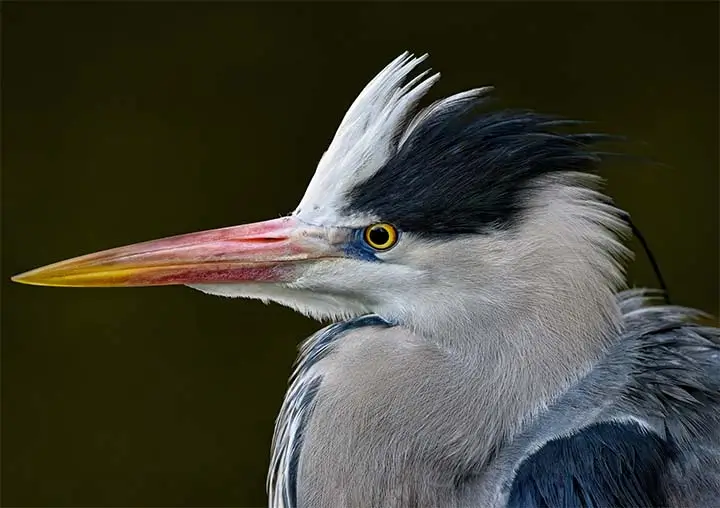
The remnant pools of the mighty Zambezi River attract many mammals and bird species.
Read More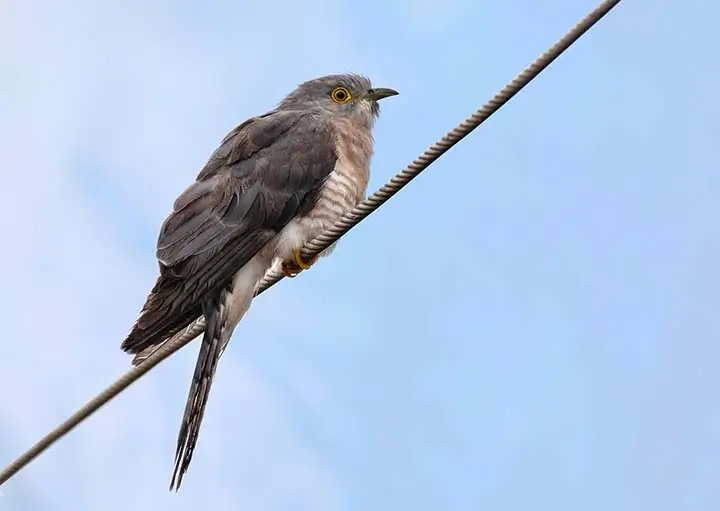
Matobo National Park contains the highest concentration of black eagles, and breeding pairs of these birds, worldwide.
Read More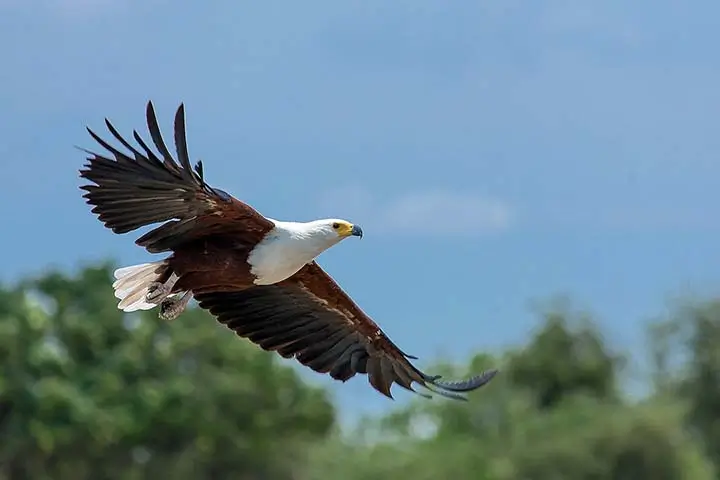
Giant African fishing eagles sit on trees. Smaller but colorful kingfishers and bee-eaters divebomb for fish and insects and when you add all the egrets and cranes and storks it's a total birder's paradise.
Read More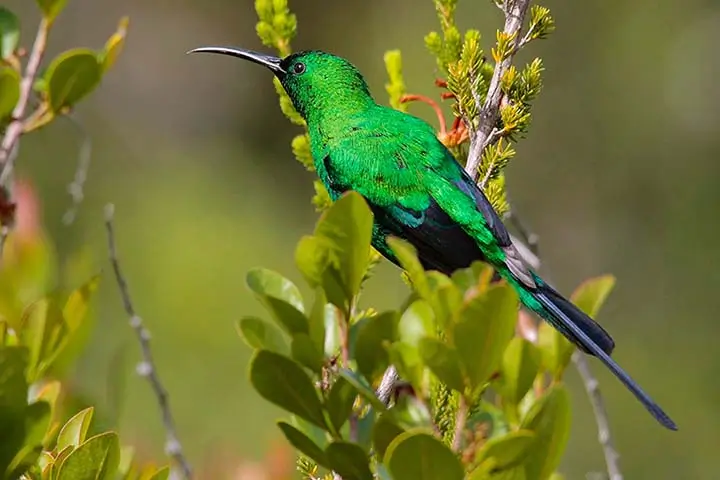
The Nyanga Mountains form the northernmost extent of the Eastern Highlands in Zimbabwe. They lie about 70 km north-east of Mutare in two rural Districts, Nyanga and Mutasa.
Read More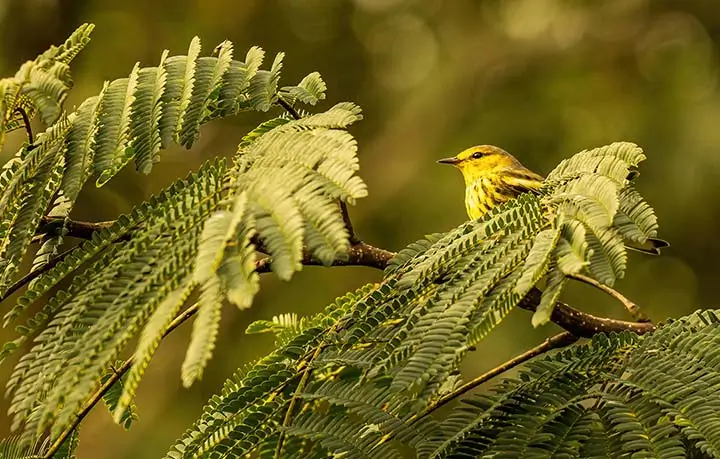
Lake Chivero hosts many waterbirds, and 100 species are on the checklist. At times, thousands occur. In the austral winter, many ducks loaf on the dam during their flightless moult.
Read More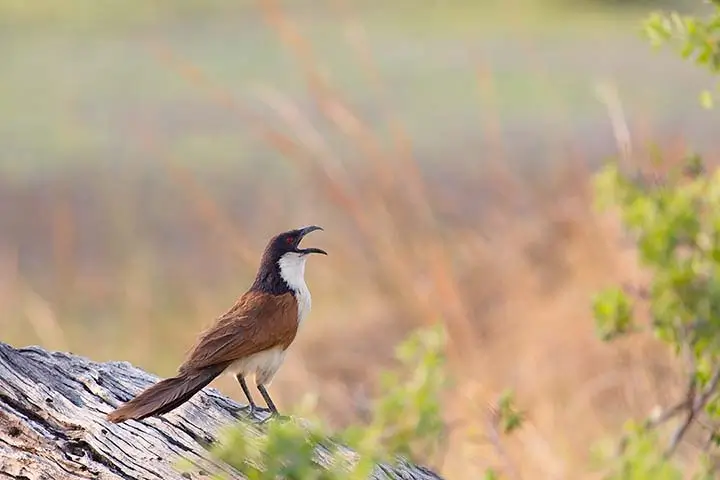
There are bird specials here that are far easier to find than anywhere else in the country. You'll probably be able to tick off lifers like grey-headed parrot, African broadbill, short-clawed lark, Shelley's francolin and crested guineafowl. Others, like Arnott's chat and the Senegal coucal, are central African birds at the southern edge of their range here.
Read More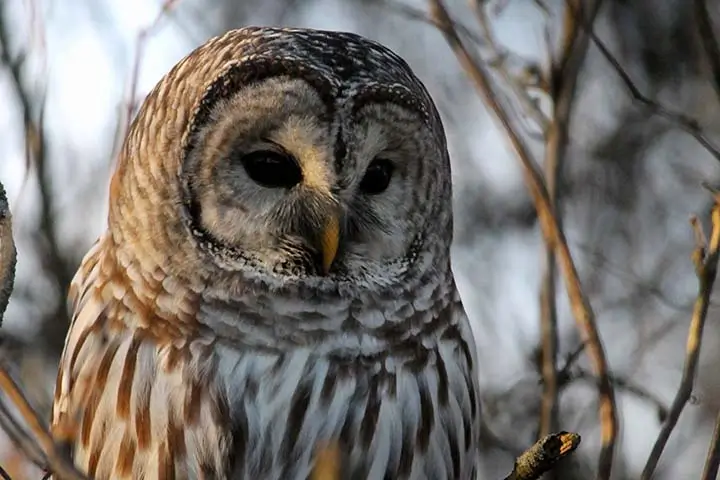
Just 15 kilometres from Mutare, the capital of Manicaland province, rise the rounded granite domes of the Bvumba, the Eastern Highlands' most popular birding destination.
Read More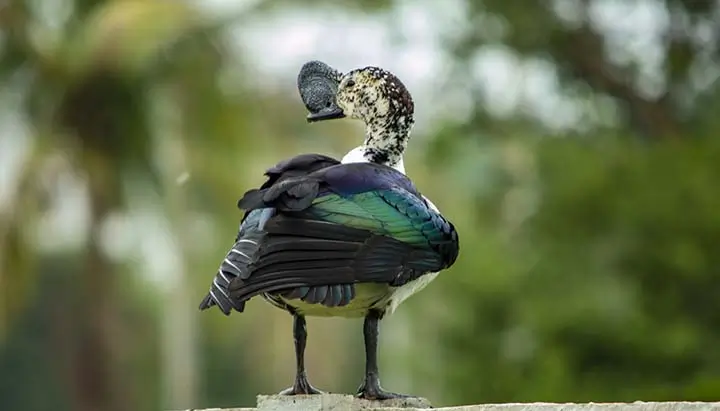
Birding is a highlight of a trip to Victoria Falls: 470 species of birds have been recorded in both these parks and in the Victoria Falls area, including Pel's fishing owl, African skimmers.
Read More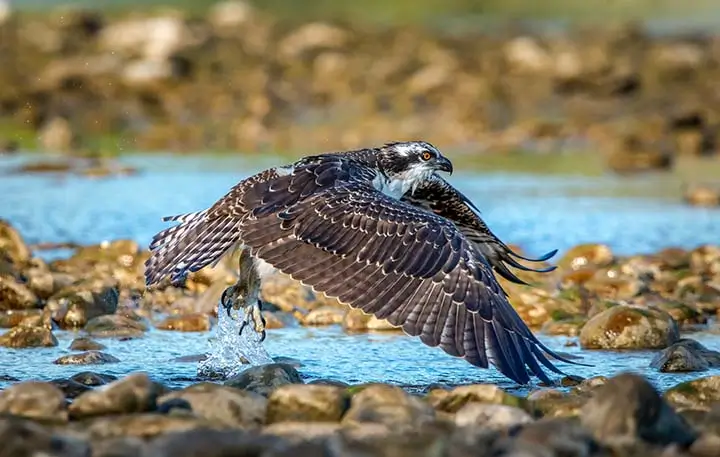
Over 400 species of birds have been recorded within the Zambezi National Park. Pel's fishing owl, African skimmer, collared palm thrush; lanner falcon, goliath heron, African finfoot, rock pratincole and long-toed lapwing are considered to be among the speciality birds of the park.
Read More